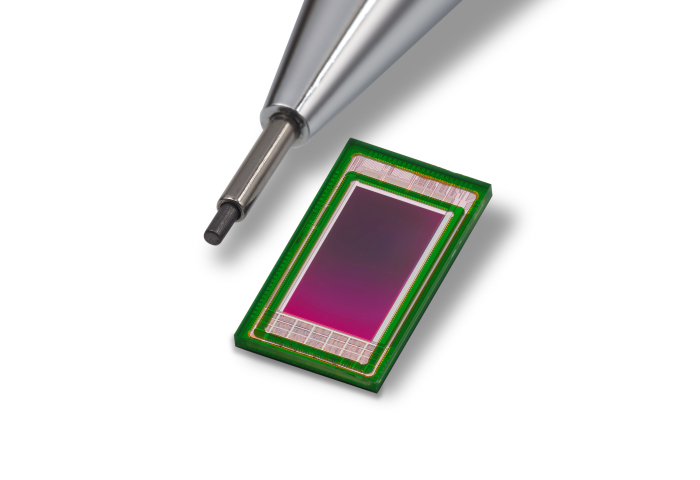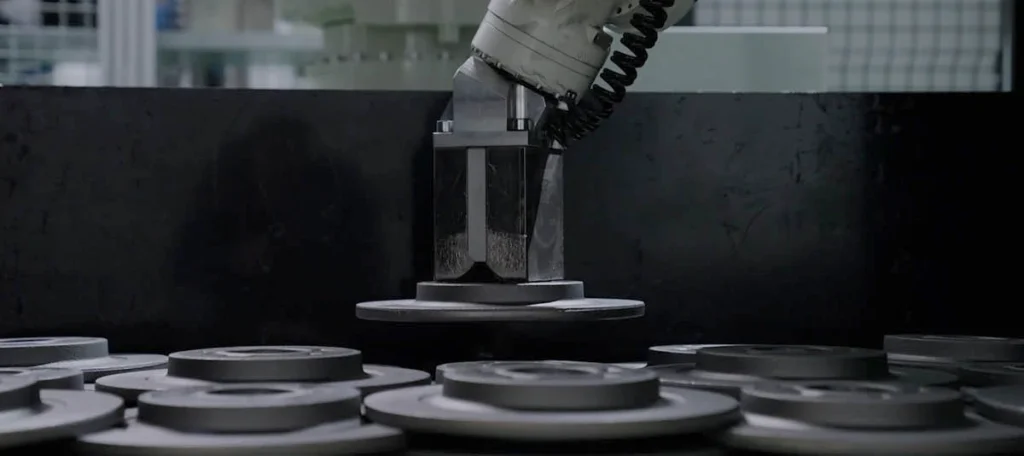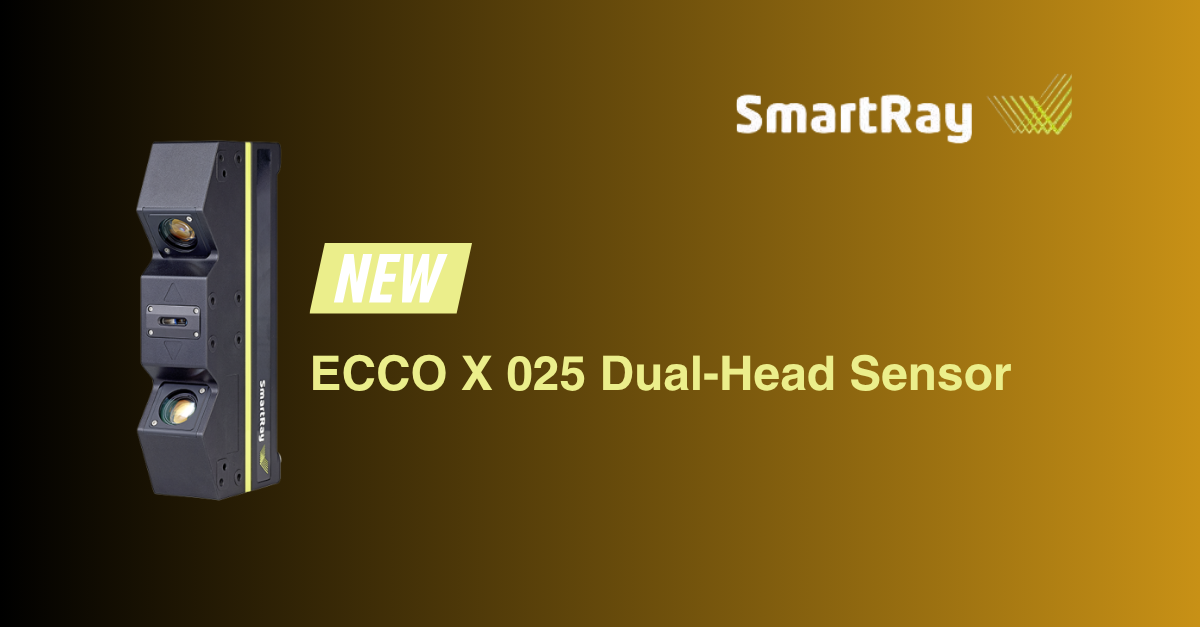The new Topaz5D image sensor from Teledyne e2v delivers 2D vision and 3D depth data in real time. Even under difficult lighting conditions, this low-cost sensor makes it possible to solve tasks where 2D image data is not sufficient.
With conventional 3D machine vision technologies, complex and usually cost-intensive illumination is typically a prerequisite for capturing high-quality image data. Not so with Topaz5D from Teledyne e2v, emphasizes Laurent Appercel, Senior Marketing Manager of the company: “Topaz5D has the unique ability to deliver crisp 2D images in full-HD, along with detailed contrast-based 3D depth maps in real time, at high frame rates, and without latency. These benefits are provided by a single sensor that can be deployed at low cost, with minimal power consumption and with simplified hardware and software.”
A key feature of Topaz5D is that the sensor does not require any special illumination: Existing indoor, outdoor or mixed lighting are sufficient to achieve good results. Thanks to this capability, the sensor can be used under very different conditions without much effort. In addition, compared to stereoscopic solutions, Topaz5D only requires a single sensor and a single lens, without the need for complex dual-lens system alignment and the risk of optical occlusion. Plus, Topaz5D offers an unrivalled low cost of ownership compared to other 3D vision technologies, because it followed a ‘designed for cost’ process, from the ground-up.
Topaz5D combines a small 2.5 µm global shutter pixel with a post-processing diffraction layer to create angular sensitive pixels. This enables 3D angular signal raw data to be generated and then processed by a 5D compatible SDK, e.g. on the Nvidia or Qualcomm processing platforms. Topaz5D is a 3D-enabled variant of Teledyne e2v’s popular Topaz 2M, which is widely used in logistics/retail markets and smart factories.
The Topaz5D sensor has a 2-megapixel (1,920 x 1,080) resolution and is currently available in both monochrome and color. Its tiny form factor of only 7.65 mm x 4.45 mm makes it easy to integrate into space-constrained optical engines or modules and it consumes only 200 mW of power to run at full frame rate. It generates 3D depth maps and displays the contrast details of any kind of object, even if these have difficult surfaces from an image processing perspective. These include black or very shiny objects or objects that are viewed through glass or transparent organic material such as Plexiglas or plastic bottles. This delivers the rare ability to see the filling levels of containers with ease.
Wide range of applications
As the full HD CMOS image sensor from Topaz5D delivers combined results from 2D image processing and 3D depth information based on the detected contrast, it is a powerful solution for a wide range of tasks. For example, it is suitable for 3D object visualization in various logistics applications, such as stationary or manual dimensioning of packaging boxes, label placement detection, checking the filling of totes or pallets, precise object recognition at pick & place stations and many other tasks in the logistics sector.
Topaz5D is also a useful basis for numerous other applications, for example for robotic arm guidance, for eye and hand movement tracking in AR-VR headsets, for access control devices with 3D authentication, healthcare 3D face modelling as well as for household vacuum robots and Autonomous Mobile Robots (AMR).
Future roadmap/what’s next?
According to Laurent Appercel, the current version of the Topaz5D CMOS image sensor will also be available as a module version in both monochrome and color sensor by the end of 2024: “This will provide users with a fully tested and calibrated 2D and 3D image processing system that can be interfaced quickly and directly with embedded vision processors. This provides customers with a very simple solution that avoids the complexity of traditional 3D vision systems in terms of lens selection, module assembly, testing and calibration, while offering guaranteed performance. As the SDK for 5D processing can also be integrated into platforms from different SoC vendors, Topaz5D then opens up a further variety of possible applications.”
In combination with the latest low-noise global shutter pixel technology from Teledyne e2v, even object movements present no problem. A processing speed of up to 30 or more frames per second for 3D depth maps and a 3D standard depth performance that can reach less than 3% at a working distance of 1 meter under controlled test conditions are excellent prerequisites for the use of Topaz5D in a wide range of tasks.
















